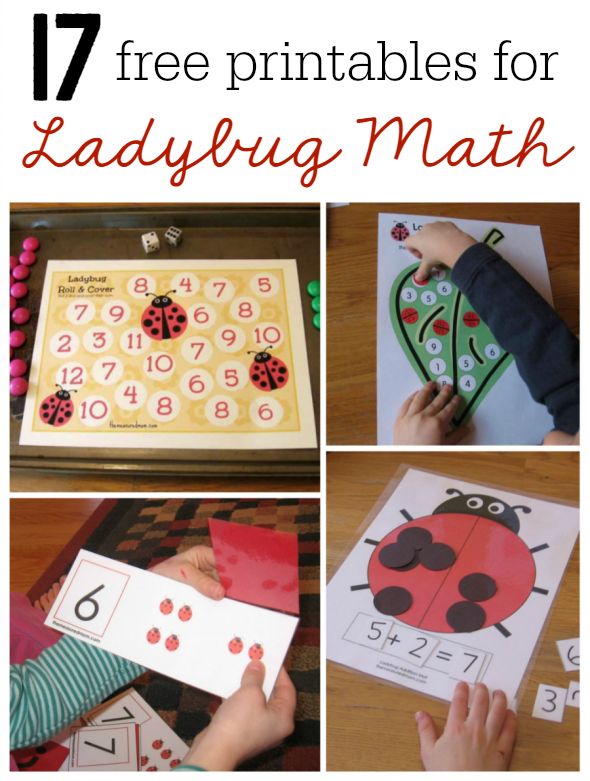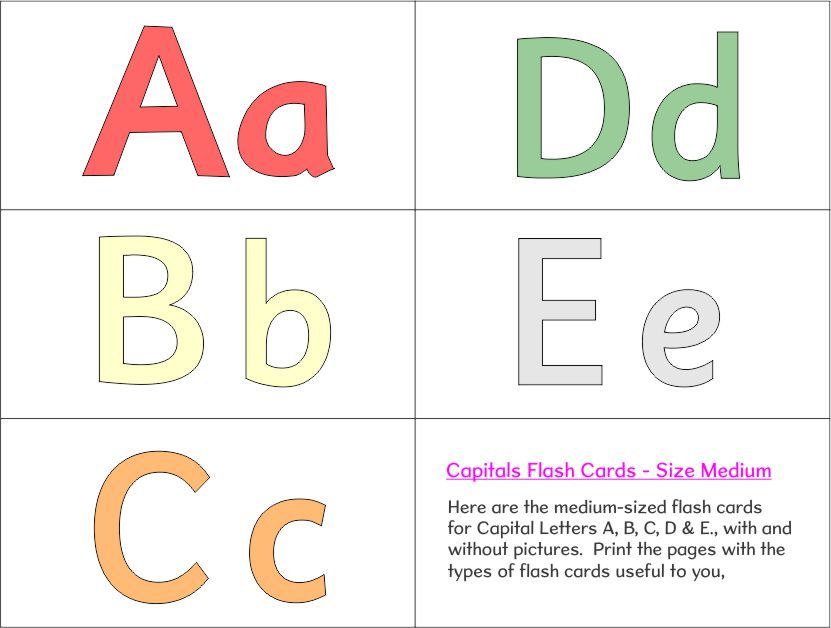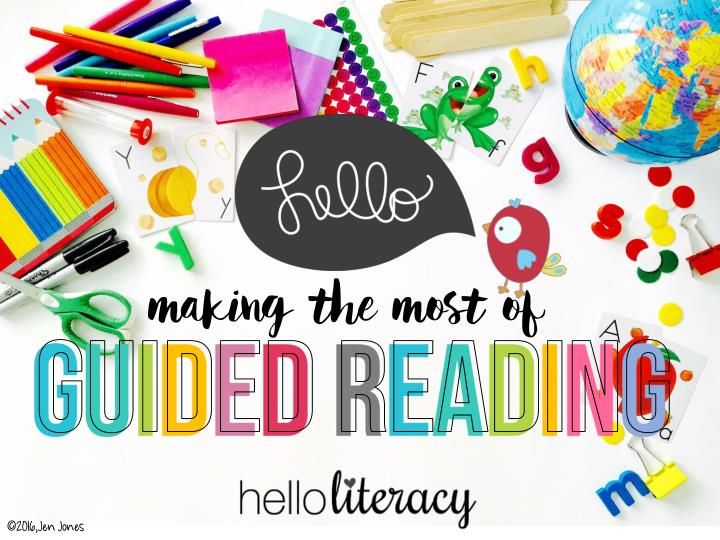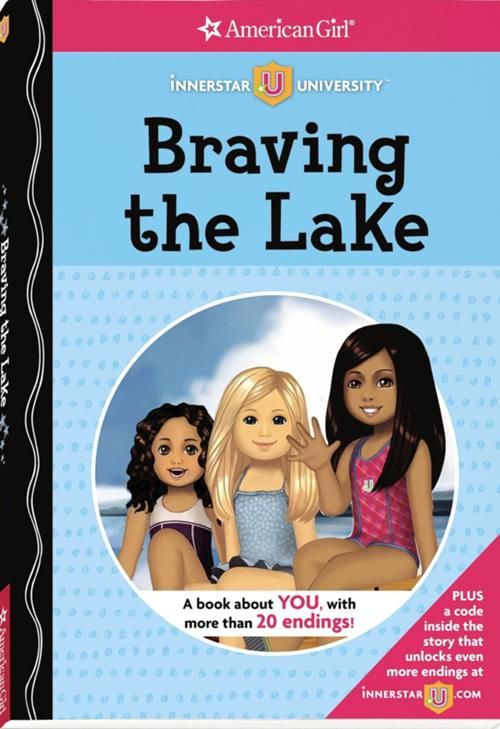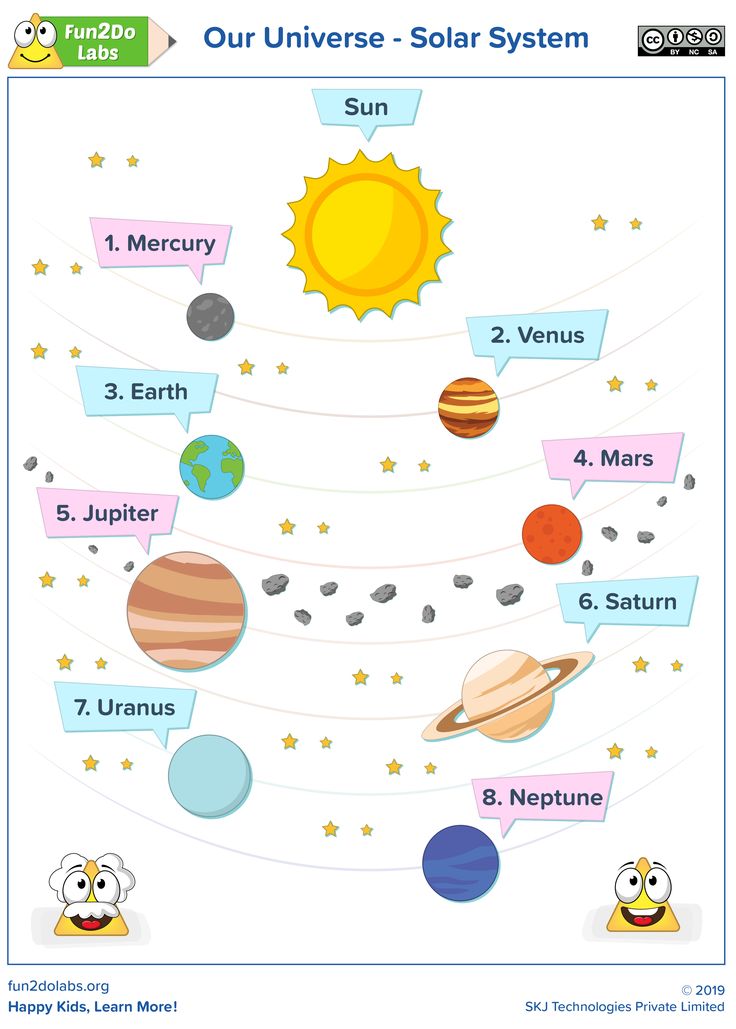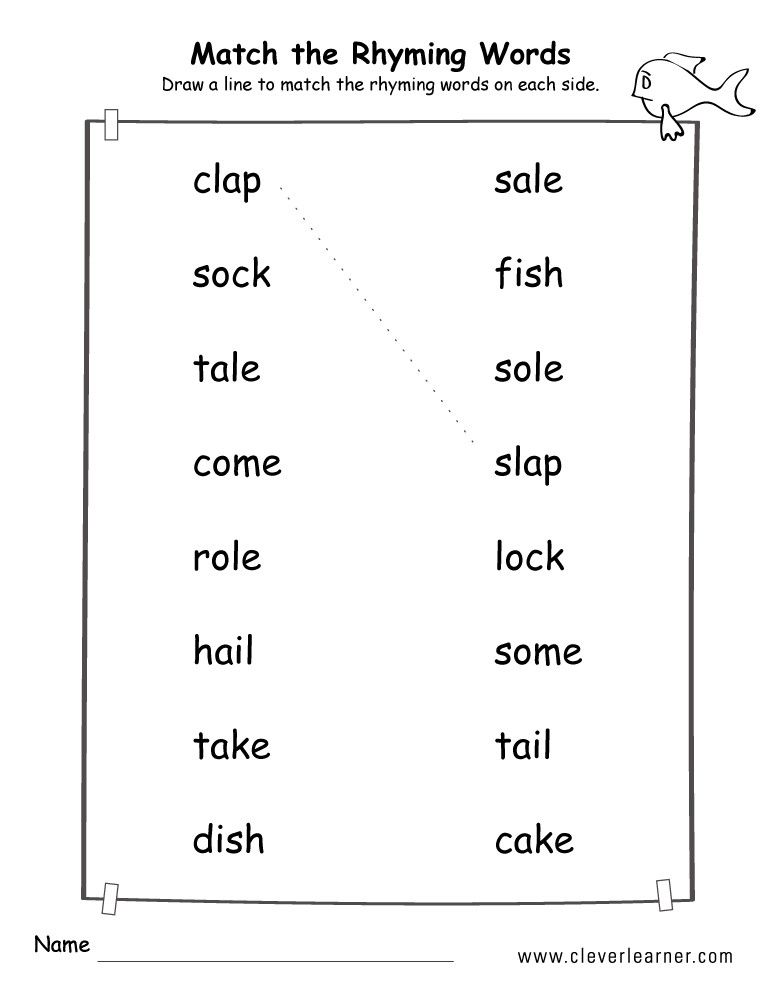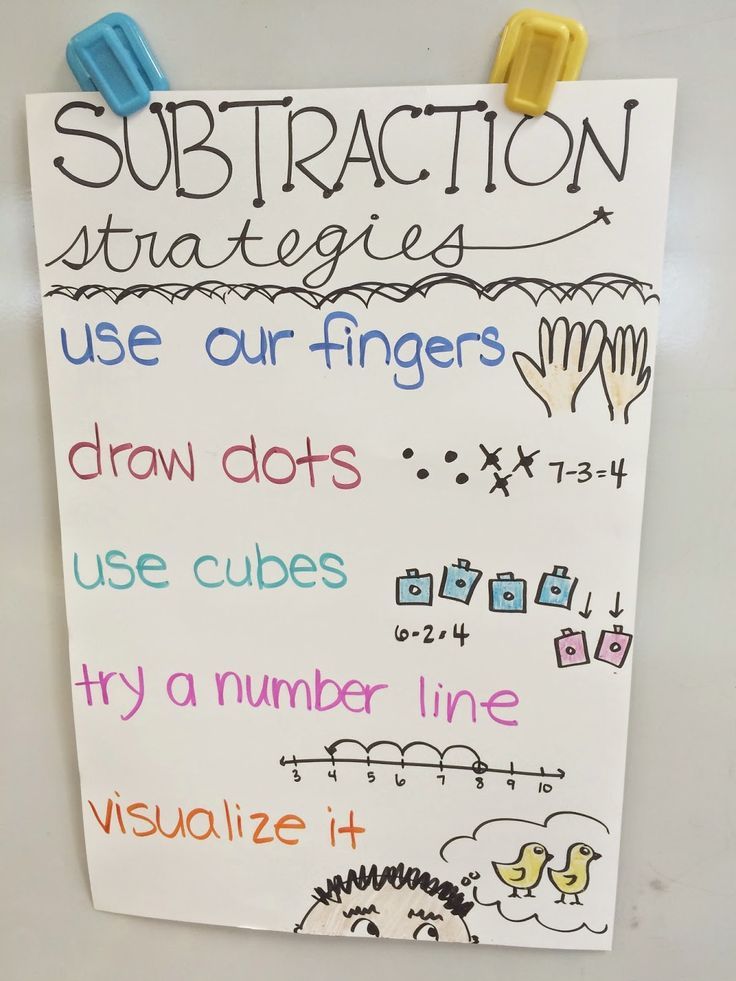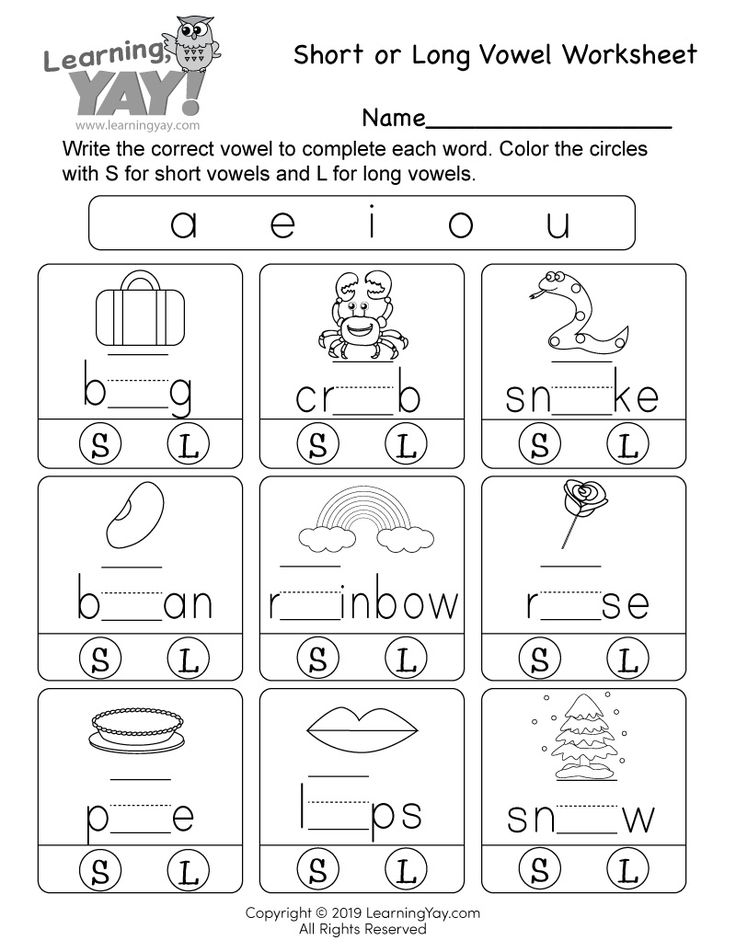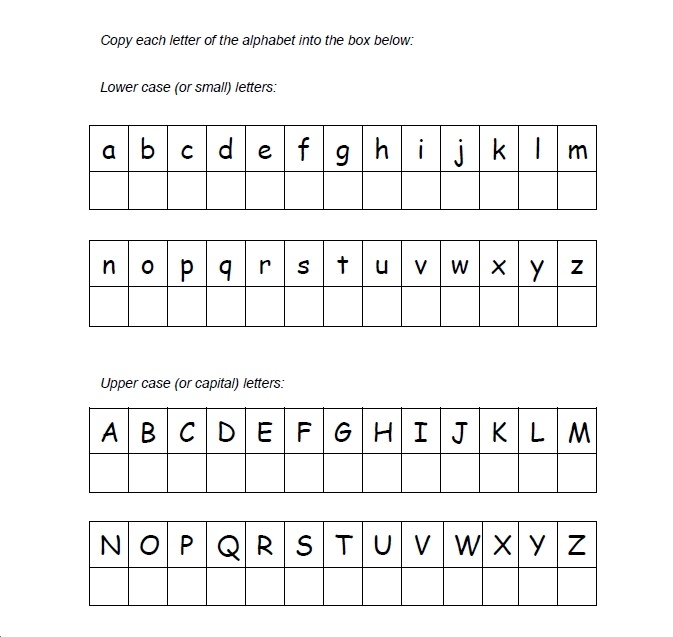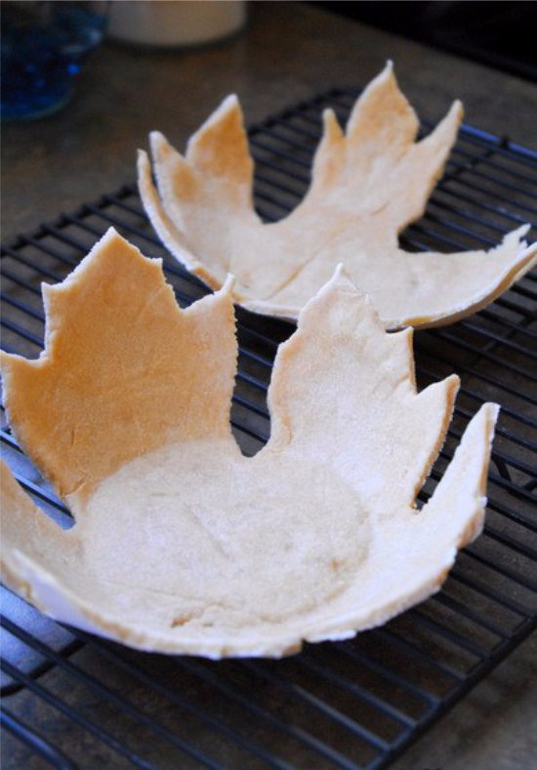Math ideas for preschool
Preschool Math Games and Activities to Engage Young Learners
Preschoolers have lots of important math skills to learn before they start kindergarten. Counting, number sense, sorting, patterns, comparing size, and so much more—these are all concepts toddlers need so they can move on to more advanced math concepts. These preschool math games and activities help kids master those skills in ways that are just as fun as playtime!
1. String beads on pipe cleaners
This is one of those classic preschool math games that has so many benefits for young learners. They get fine motor control practice along with learning to count, recognize numerals, and put numbers in order. All you need are pipe cleaners and beads.
Learn more: Laughing Kids Learn
2. Monster Dice Match
Rolling dice gives kids a chance to practice counting and subitizing. Get the printable for this free matching game at the link.
Learn more: The Measured Mom—Monster Dice
3.
You’ll find lots of dice-related preschool math games out there. In this one, kids roll the dice and then stack blocks together. They finish by counting the blocks all together, an early intro to addition.
ADVERTISEMENT
Learn more: Hands On as We Grow
4. Flip Uno cards to make a match
Get some memory practice while you learn numerals. Uno cards, with their bright and cheery colors and large numbers, are perfect for this, but regular playing cards work too.
Learn more: Primary Playground
5. Tag the number
We love that this game gives kids a chance to move! Tape up numbers on the wall (or write them on a whiteboard). Then have kids roll a die and run to tag the number that comes up. You can play this game in other ways too, like calling out the numbers randomly yourself, or taping the numbers in a variety of places around the room.
Learn more: This Reading Mama
6.
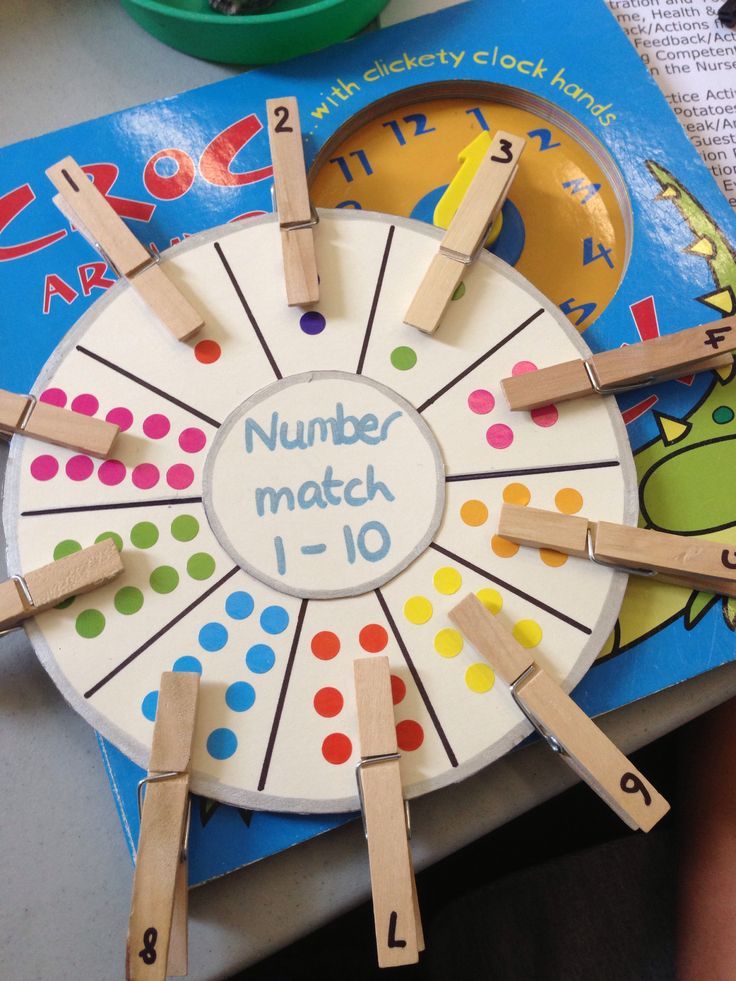 Build a city
Build a cityStack building blocks and build a city skyline. You’ll get a different result every time, making this one of those preschool math games kids can play again and again.
Learn more: Cinta + Co.
7. Race to fill the cup
So simple and so fun! Grab a bin of math cubes or small toys and some plastic cups. Kids roll a polyhedral die (you can also try flipping playing cards or Uno cards) and place that many items in their cup. The first to completely fill their cup wins!
Learn more: Frugal Fun for Boys and Girls—Fill the Cup
8. Hunt for numbers
Combine a sensory experience with some number practice. Fill a bin with sand, then bury playing cards for kids to find and match up.
Learn more: Busy Toddler/Number Hunt
9. Bounce a balloon
Everyone loves playing with balloons! Roll a die, then see if you can bounce a balloon into the air that many times without letting it hit the ground.
Learn more: Confidence Meets Parenting
10.
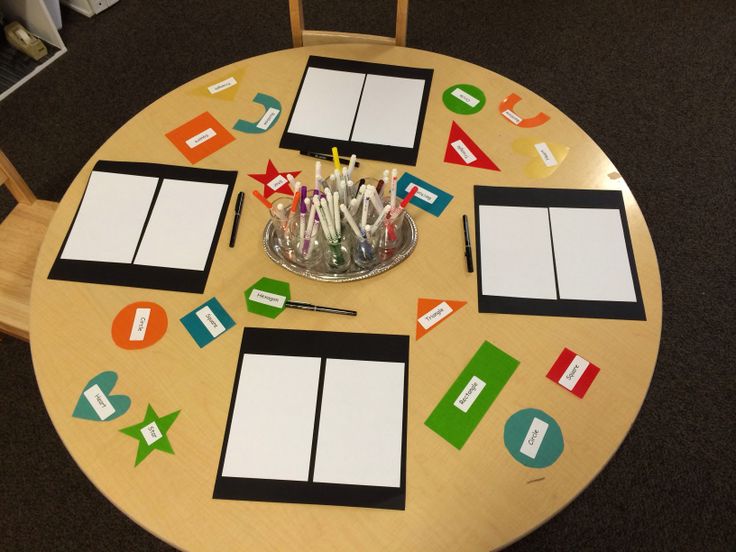 Build a beetle
Build a beetleThis is just like the original Cootie game, but no need to buy anything! Just cut beetle pieces from construction paper, then roll a die and see if you can be the first to assemble your bug!
Learn more: Teach Beside Me
11. Create shapes with sticks
Toddlers need to master their shapes, and this is a clever way to do it. Put together sets of wood craft sticks (use the same color for each shape) and let little fingers turn them into triangles, squares, and other shapes.
Learn more: Team Cartwright
12. Send bears into hibernation caves
Make “caves” from plastic bowls, then send little toy bears into “hibernation” in each one! Learn how the game works at the link.
Learn more: Pocket of Preschool
13. Park numbered cars
Vroom vroom! Number your toy cars to match the slots in a cardboard parking lot. Kids will have fun zooming them into the right places.
Learn more: B-Inspired Mama
14.
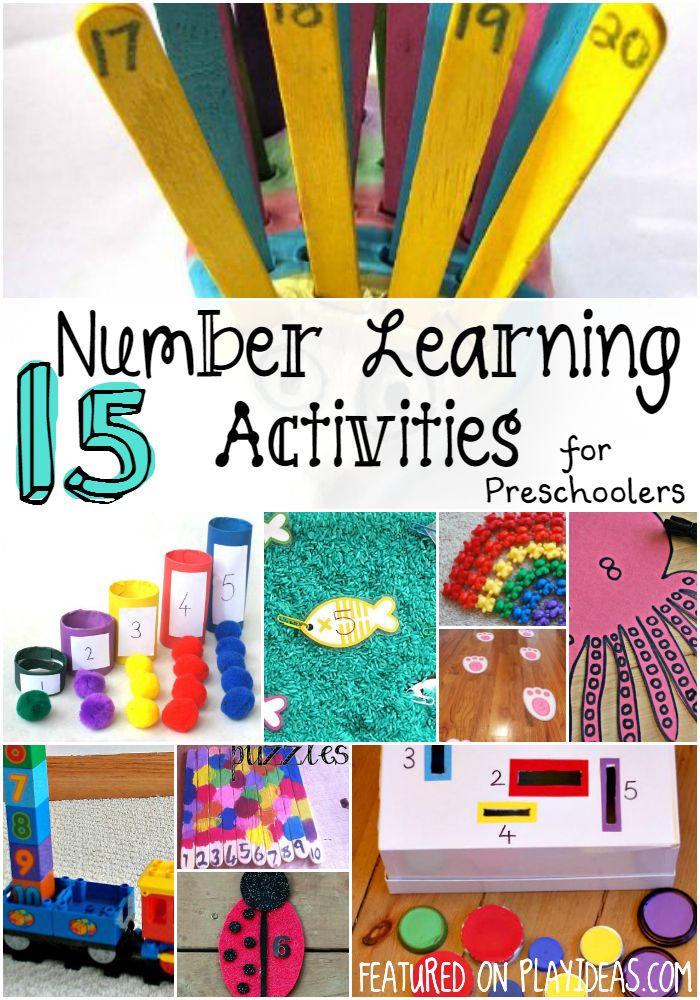 Line up dominoes
Line up dominoesDominoes are fantastic math learning tools. This game is a sneaky introduction to addition, as kids count up the total number of dots on each domino and put them in the proper place.
Learn more: Busy Toddler—Domino Line-Up
15. Copy ice tray patterns
Seeing and matching patterns is a key skill for preschoolers. Placing pom-poms into ice cube trays with plastic tweezers helps them work on fine motor skills too.
Learn more: Planning Playtime
16. Rubber Duck Math Race
In this game, kids race to see who can be the first to get their rubber duckies to 10 (or any number you choose). They roll a die and lay out tiles to move their duck. The twist? To get to 10 at the end, they must roll the exact number they need—no going over! Preschool math games like this help kids master counting to 10 and counting on.
Learn more: Happy Toddler Playtime—Rubber Duck Race
17. Feed the LEGO monster
Sort LEGO bricks by color, shape, or number of dots.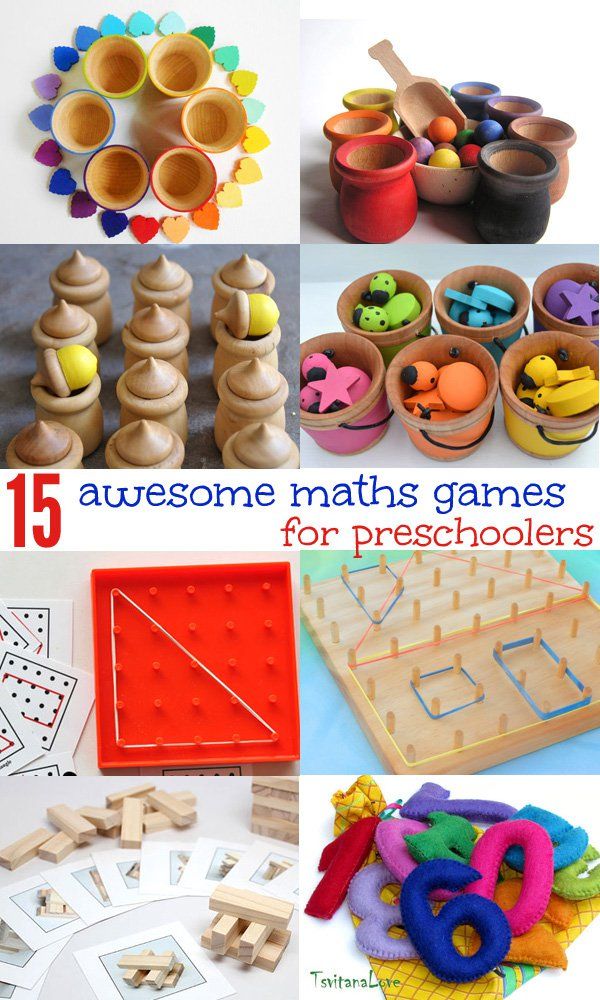 Then compare the number that wind up in each bag to learn the concept of “more or less.”
Then compare the number that wind up in each bag to learn the concept of “more or less.”
Learn more: Toddler Approved
18. Drop blocks into tubes
Upcycle some empty cardboard tubes by labeling them with numbers. Then drop small items like blocks or caps into the tubes to match the numbers.
Learn more: Happy Toddler Playtime—Tube Counting
19. Compare numbers to music
Prep for this game by using dot markers on paper plates as shown (visit the link below for more examples). Each kid takes a plate and uses it to “drive” around the room as you play music. When the music stops, they find a nearby partner and compare what they see on each other’s plates (e.g., “8 dots is more than 4 dots. 1 green dot is less than 4 green dots.”). Then start the music up and repeat!
20. Hold a shape scavenger hunt
Preschool math students are learning to recognize shapes in their environment and also to categorize and sort. This scavenger hunt does it all! Send them out to find objects in the room that match the shapes.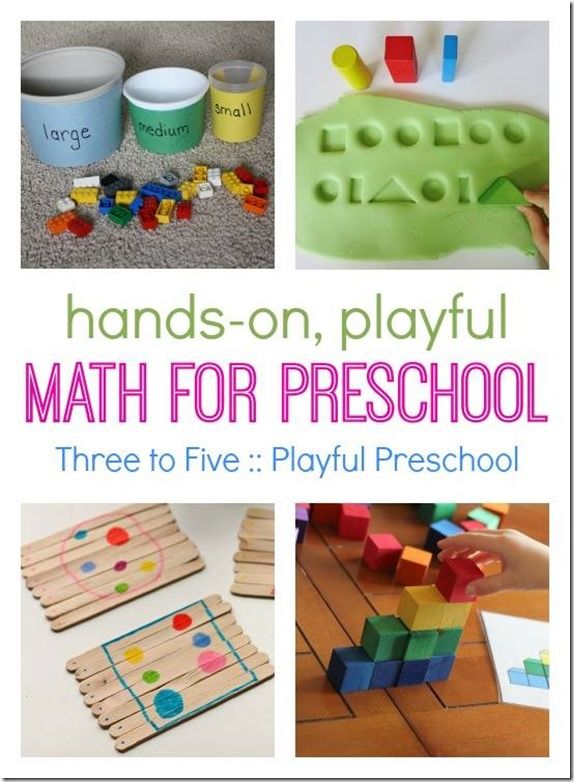 Then count and compare to see how many you have in each category.
Then count and compare to see how many you have in each category.
Learn more: Frugal Fun for Boys and Girls—Shape Scavenger Hunt
If you loved these preschool math games, be sure to check out 20 Simple and Fun Preschool Science Experiments and Activities.
Plus, get all the latest teaching tips and ideas when you sign up for our free newsletters!
Hands-On Math Activities for Preschoolers
Disclosure: This post contains affiliate links to Amazon. See my disclosure policy for details.
Math is so fun to teach to preschoolers because there are a lot of daily activities that incorporate math. Preschoolers don’t need worksheets for math…they should learn through play and hands-on activities.
1. Patterns with Bears
Counting Bears are a great math manipulative to use with preschoolers. You can sort, count, or use them with patterns.
I created some pattern cards to help with this. The first page is an AB pattern, meaning two colors alternate in the pattern. The second page is an ABC pattern, meaning three are three colors in the pattern. For this activity, your preschooler will set the colored bear on top of the matching color to create a pattern. On the ABC pattern cards, the last circle is left empty. That is for your child to tell you what color it should be.
The second page is an ABC pattern, meaning three are three colors in the pattern. For this activity, your preschooler will set the colored bear on top of the matching color to create a pattern. On the ABC pattern cards, the last circle is left empty. That is for your child to tell you what color it should be.
You can get the color patterns printable at the bottom of this post.
Math Skill: Patterns and Relationships
You can find more pattern activities here.
2. Sorting Colors with Bears
Sorting is a skill preschoolers should work on a lot. One way to sort is by color. We do this with our counting bears and a sorting mat.
You can get the sorting mat printable at the bottom of this post.
You can even use colored tape and pom poms to practice sorting! Add in some tweezers for some extra fine motor practice.
We also love counting mats! These are great for learning to count and working on one-to-one correspondence.
Math Skill: Patterns and Relationships
3. Money Muncher
A fun way to work on sorting is with the Money Muncher! It’s also a great activity for fine motor skills. To see all the fun details, click here.
Math Skill: Patterns and Relationships
4. Sorting Jelly Beans
Anytime we work with candy, my kids love it! You can sort M&Ms or jelly beans or whatever! To see how we did this with jelly beans, click here.
You can get the jelly bean sorting printable at the bottom of this post.
One more idea for sorting is by using toy animals. Have them sort by different characteristics, such as land animals and sea animals.
Math Skill: Patterns and Relationships
5. Graphing
Graphing is always good to introduce to preschoolers. It doesn’t have to be complex, but you can do a simple activity like graphing the types of transportation on a bar graph and use small pictures or toys (or I used erasers from The Dollar Tree).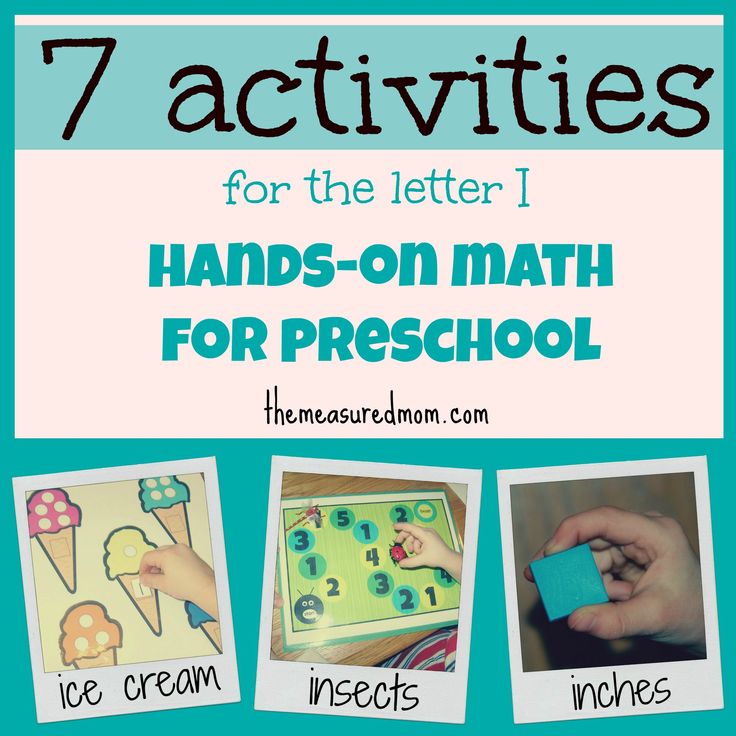
Make graphing hands-on using apples! Even young preschoolers can begin learning about graphing with this activity.
Check out this free gumball graphing activity right here.
Math Skill: Patterns and Relationships
6. Shape Wheel
This is a fun activity for learning shapes! Just print this shape wheel and draw the same colored shapes onto clothespins. Have your child match the clothespin to the shape on the wheel. This is great for working on fine motor skills!
You can get the shape wheel printable at the bottom of this post.
Math Skill: Geometry
7. Shape Sorter
An easy way to practice shapes is with a Shape Sorter! I bought these shapes at Michaels Craft Store many years ago, but these 3D geometric shapes would be a good option if you’re interested in creating a Shape Sorter. Check out this post for details on how to make this easy math activity.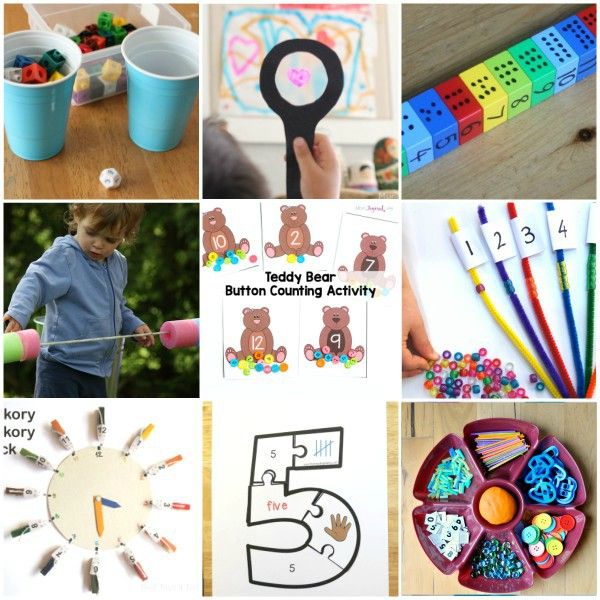
Math Skill: Geometry
8. Noodle Shape Cards
A neat sensory activity and a fun way to learn shapes are with noodles! See the post here to download the free shape cards.
Math Skill: Geometry
9. Foam Sticks
Learn shapes in the tub with these foam sticks! You can see how we did this here.
Another fun way to practice shapes is with the cookie shapes matching activity!
And my favorite way to teach about shapes is with my shape rhymes!
10. Dice Game
This is a really fun game! I took this Melissa & Doug wooden toy and put white circle stickers on the top of the pegs. I wrote numbers 1-6 and had 2 stars. I had my son roll the dice and whatever number it landed on, he would pound with a toy hammer. If the number he rolled was already down, he hit the star. Not only was this fun for him, but he was able to “subitize”, which simply means to recognize numbers instantly without counting the dots.
Math Skill: Number Concepts
11. Star Number Cards
Practice counting and recognizing numbers with star number cards. This one is great for working on one-to-one correspondence and fine motor skills.
You can get the star number printable cards at the bottom of this post.
Math Skill: Number Concepts
12. Ladybug Math
We made these adorable ladybugs and they were a hit! Not only were they fun to play with, but we did a lot of counting and sorting with them. Read all about it here.
Math Skill: Number Concepts
13. Balloons
Learn the order of numbers with this really fun game involving balloons! Check out the details here.
Math Skill: Number Concepts
14. Estimating with Water
We learned about estimation with a dropper with some fun, hands-on water activities.
Math Skill: Measurement
15. Pouring and Comparing
Pouring and Comparing
We practiced pouring skills with rice into these beakers. Then I had my son line them up from biggest to smallest. Using comparative words like big/small or empty/full help teach preschoolers about simple concepts of measurement. This is simple and you could elaborate on this activity.
One more easy way to practice measurement is with Unifix cubes. Place different lengths of tape on the floor or poster board. Then have your child use Unifix cubes to measure the lines. This is a simple way to practice counting, measuring, and comparing lengths.
Math Skill: Measurement
Lastly, check out this really easy and fun way to practice counting!
If you’re looking for digital math activities, make sure to check out my counting activities using Google Slides.
If you’d like to download the 5 free printables I shared in this blog post, just click on the button below!
Ideas for math games for kids aged 2 to 6
Math is one of the most difficult subjects in school.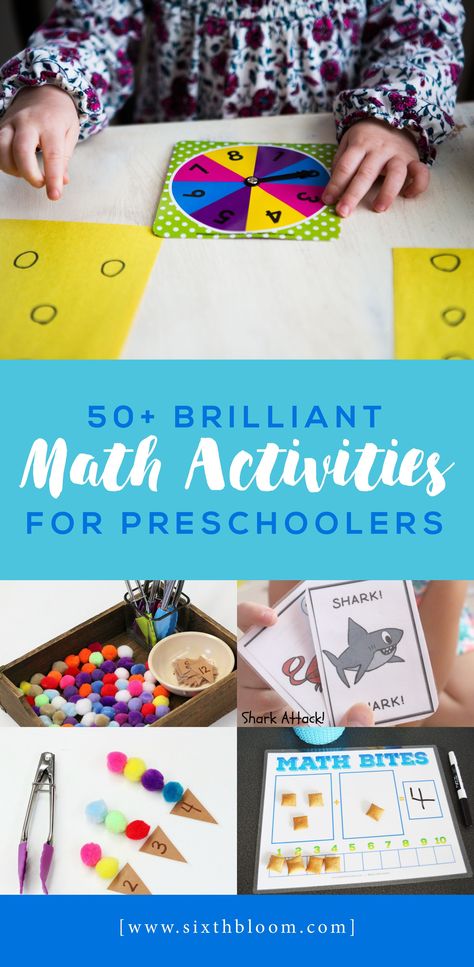 If you do not understand the mathematical foundations, do not learn to think logically, then there are very high chances of not coping with the school course. Therefore, teachers advise parents to engage in the mathematical development of the child already at preschool age.
If you do not understand the mathematical foundations, do not learn to think logically, then there are very high chances of not coping with the school course. Therefore, teachers advise parents to engage in the mathematical development of the child already at preschool age.
Besides, mathematics is not only dry numbers and hard problems; mathematical games and tasks develop creative abilities, form a cognitive interest in the world, logical thinking. This is a powerful stimulus for the intellectual development of the child.
One of the mistakes parents make when teaching a child is that they limit themselves to teaching numbers and counting skills. The main emphasis should be placed on the development of logical thinking, which will help your child out in mathematics lessons, especially when your stock of knowledge has already exhausted itself and he will have to rely only on his own strength.
What does logical thinking consist of? Logical methods of thinking are analysis, generalization, synthesis, classification, analogy, systematization.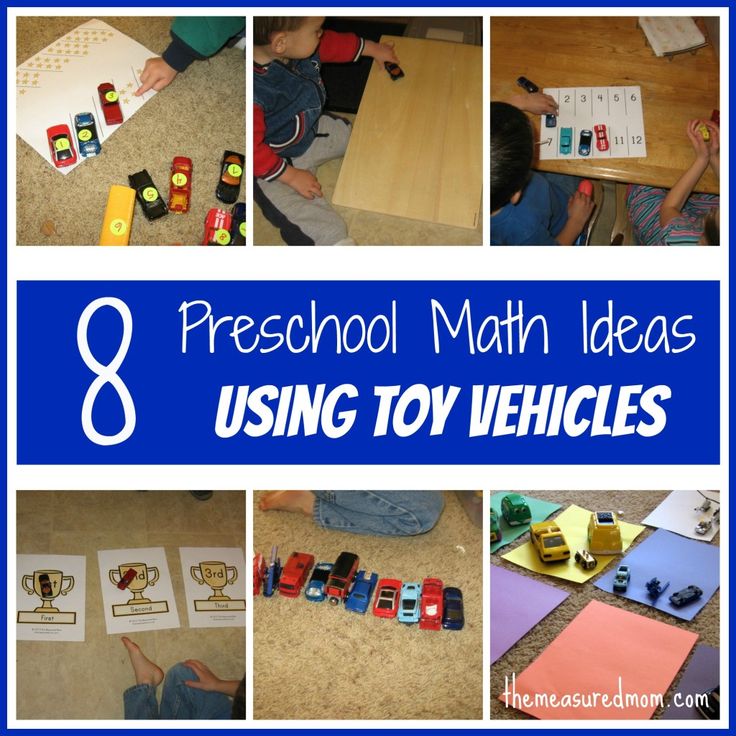 Games with a child should be based on these techniques. For example, a game with a nesting doll or a pyramid can be built using the seriation technique: line up rings or nesting dolls according to height. Analysis will be taught by the task to find all the yellow objects in the room, etc. You should start with simple tasks, gradually, taking into account age, complicate them.
Games with a child should be based on these techniques. For example, a game with a nesting doll or a pyramid can be built using the seriation technique: line up rings or nesting dolls according to height. Analysis will be taught by the task to find all the yellow objects in the room, etc. You should start with simple tasks, gradually, taking into account age, complicate them.
Tips on how to make math games interesting for your child:
- Be sure to consider the age for which the task is intended. He doesn’t want to - don’t insist, change tactics, offer a different kind of game;
- especially with babies, use items from everyday life. For example, take vegetables and fruits for comparison, collect sticks of different lengths in the street and arrange them in length, from the longest to the shortest;
- don't focus on failures and don't do everything for them. The child himself must come to a logical conclusion. If something doesn't work out, gently close the game and continue playing it after a while;
- do not limit yourself to the word “Well done”, praise the child for his efforts and diligence, for his actions.
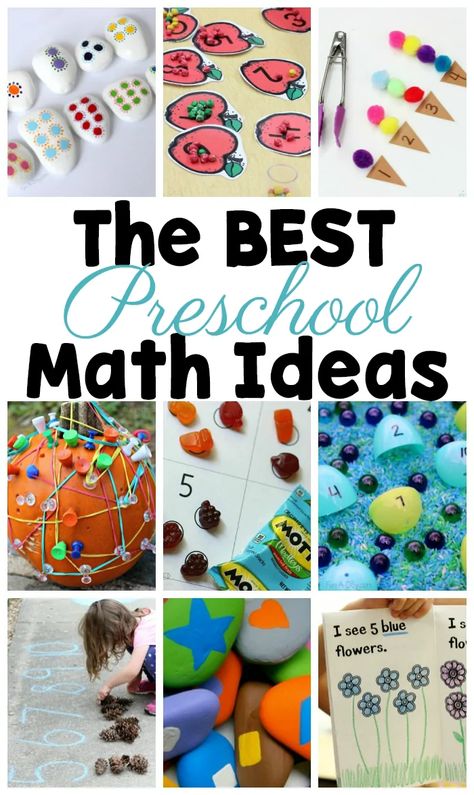 But do not overdo it, everything should be in moderation so that he wants to play not for the sake of praise, but for the sake of cognitive interest.
But do not overdo it, everything should be in moderation so that he wants to play not for the sake of praise, but for the sake of cognitive interest.
There are a huge number of types of mathematical games, so even a child who does not show interest in numbers and counting can find an activity that he will definitely like. We offer you a selection of interesting ideas for the development of mathematical thinking, which will diversify your games with your child.
blogspot.com
wp.com
modernparentsmessykids.com
petitandsmall.com
filefolderheaven.com
craftionary.net
housingaforest.com
googleusercontent.com
wp.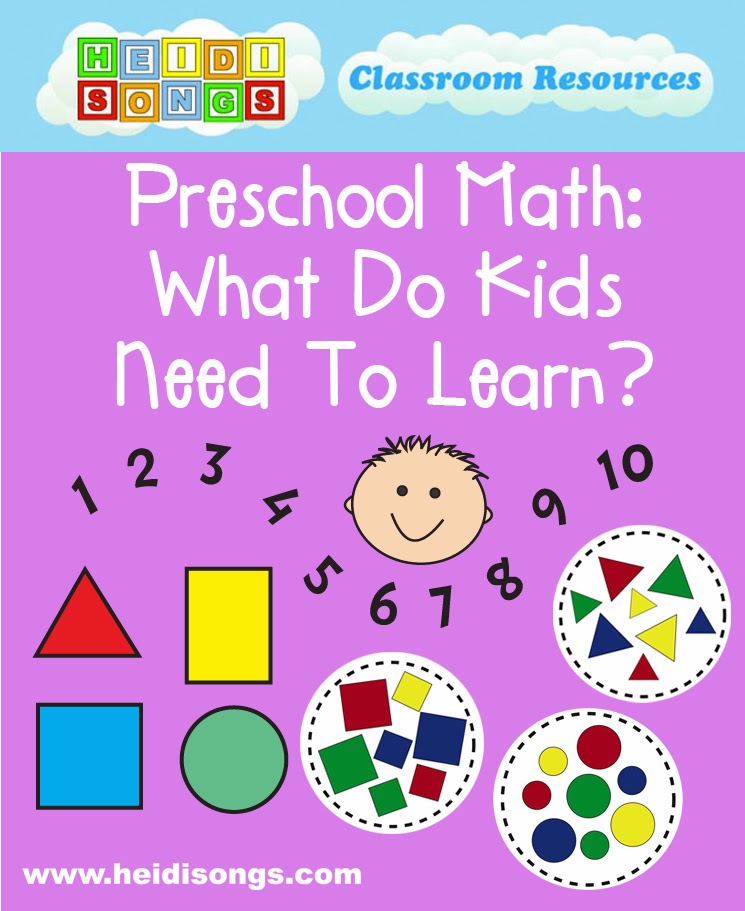 com
com
blogspot. com
blogspot.com
playdoughtoplato.com
kidsactivitiesblog.com
laughingkidslearn.com
mominspiredlife.com
funhandprintartblog.com
Was this information helpful?
YesNo
See also: We develop mathematical abilities from preschool age! Teaching children math with the help of a constructor. Both fun and useful! Experimental learning: 9 non-standard schools
Interesting tasks in mathematics: an idea for a quest for preschoolers and younger students | math quest in the senior preparatory group, grades 1-2
Today we have prepared for you and your children a lot of ideas for a math quest, because mathematics should be interesting. We often conduct math quests with children of the senior preparatory group, but these tasks are also suitable for elementary school - grades 1 and 2.
On the math quest, children can solve problems and examples while sitting, lying down, on the wall - do everything to keep them interested. Do not forget to insert outdoor games, which we also have a lot of. We took these tasks and games from the course “Micematics of Zhenya Katz”. It turned out very interesting. The kids were happy! Download0081
This game will help your children learn to be attentive, not to prompt, to control themselves... The facilitator hides the red foxtail scarf while the children wait in the next room (or honestly close their eyes). Then all the children walk around the classroom or around the room and look for the tail. Who found it, well done! But one must not shout, but silently squat down and look at the tail, not coming close to it. It takes a lot of patience to follow this rule!
The fox was walking in the forest,
The fox was walking in the forest,
The fox has lost its tail.
Who will go to the forest,
find a fox tail?
At the end of the game, the children are squatting and you state that while we are looking for the tail, the fox has dragged off the hen (you can take any toy that is important for the children).
Now the guys need to return the hen to her nest so that she brings them surprises!
Task for quest 2 - Cafe station
Everyone gets a task.
Tasks for Misha, Misha, Fedya, Sasha: find the Cafe room, find your task on the wall.
The children run and look for the Café, then everyone looks for a task on the wall with his name and solves the examples. For examples, the child receives an encrypted number.
Task 3 for the quest "Say the other way around" - station Dom
Next, the children receive an arrow pointing to the next place - Dom.